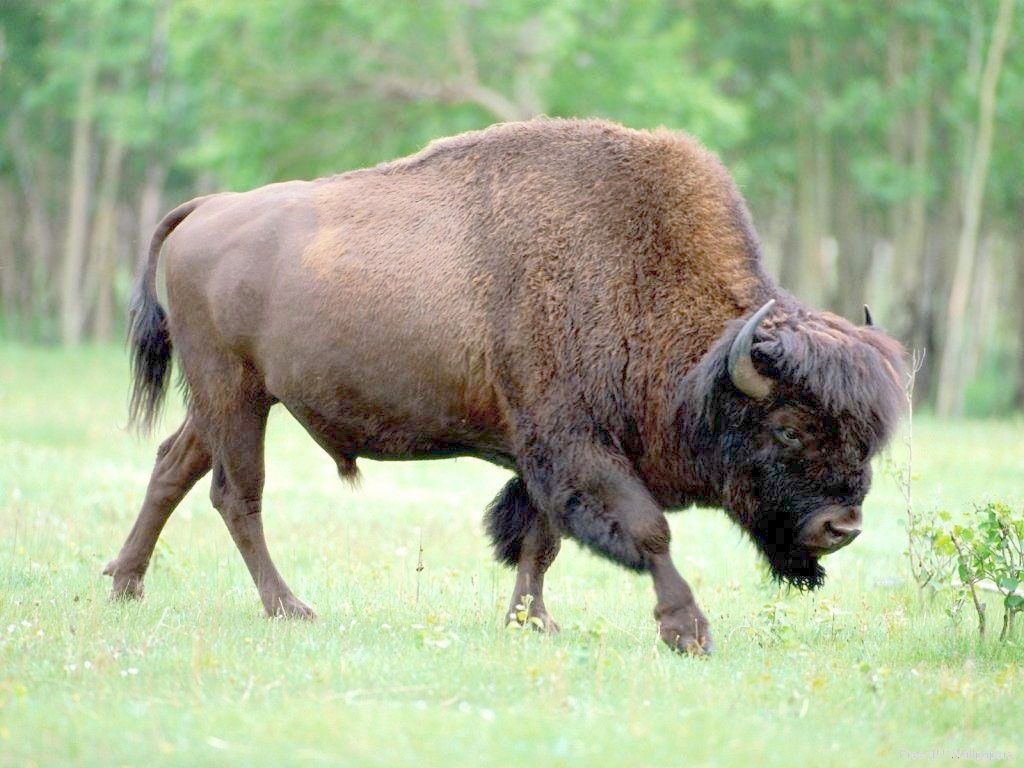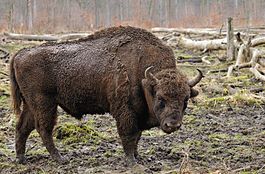Creation of a bison nursery
The organizer of the bison nursery was the oldest employee of the reserve, M.A. Zablotsky, thanks to whose work several nurseries were also created in the republics of the former USSR. Many scientific and practical issues are resolved in cooperation with other organizations and countries. The problems of bison are human problems. Therefore, from October 8 to October 10, 2003, a scientific and practical conference “Problems of conservation and restoration of bison” was held in the Prioksko-Terrasny State Natural Biosphere Reserve. About 40 scientists and specialists from Ukraine, Moscow, Moscow, Vladimir, Ryazan, Rostov, Oryol, Kaluga and other regions took part in the conference.
The conference participants came to the unanimous opinion that the work on restoring the bison in Russia is currently undergoing the most critical stage - the return of the bison to its natural habitat after a long period of breeding exclusively in nurseries.
Having studied and analyzed the data from the Chronicle of Nature diary, I came to the conclusion that every year the number of bison in the nursery increases. So, as of January 1, 2001, there were 29 purebred bison in the nursery, and as of January 1, 2002, 30. During the year, 7 calves were born, 3 bison were forced to be shot due to old age and inability to reproduce.
7 bison were exported. Of these, 1 bison was exported to the Oka State Nature Reserve and 6 gobies were taken to the Oryol Polesie National Park. 2 Caucasian-Belovezhsk bison were brought from the Oka State Reserve.
All residents of the nursery are housed in eight enclosures. The most friendly family here is considered to be the one headed by the bison Michael. The family is international. He is from Germany and the females are from Switzerland. Every year, each of the three females gives birth to a baby. Animal nicknames are not chosen randomly. The names of bison and bison born in the Moscow region must begin with the letter M. This is how Muledi, Mutos and Murtanyan appeared in the nursery.
According to the guide, there is enough food in the nursery for all the bison, and the staff of the reserve - nature conservation inspectors, bison breeders, and everyone who cares about the reserve - make sure that nothing threatens them. Mixed feed is mainly used to feed bison. In the summer, the distribution of feed is reduced due to the sufficiency of natural feed.
The nursery has a free paddock sown with leguminous plants. The green mass obtained from this clearing is used as feeding for bison. They start feeding bison with hay depending on the weather conditions: from the end of October, if the autumn is warm, and from the end of September, if the autumn is cold. In winter, bison receive hay in sufficient quantities.
Biological and zootechnical observations of bison carried out during the year are recorded in the diaries of the bison nursery. Animal tagging is carried out if tags and tagging tongs are purchased, if funds are available for this.
Based on extensive research by nursery scientists and analysis of data from the “Chronicle of Nature” compiled by the director, Ph.D. Brynskikh M.N. and Deputy Director for Research Osipov I.N. I have identified the following problems of the Bison Nursery on the territory of the Prioksko-Terrasny Reserve: animal diseases due to poor ecology, poor financial support from the state, outdated equipment, as well as the unfavorable state of the natural food base of the pens and the lack of special clothing play a negative role
In our opinion, this work has practical significance and can be continued primarily from a civic position. In addition, it can be used in geography, history, ecology lessons and as material for extracurricular activities.
Working on the theoretical material of educational and research work, conducting research, we managed to achieve the intended goals and objectives.



No comments here yet.